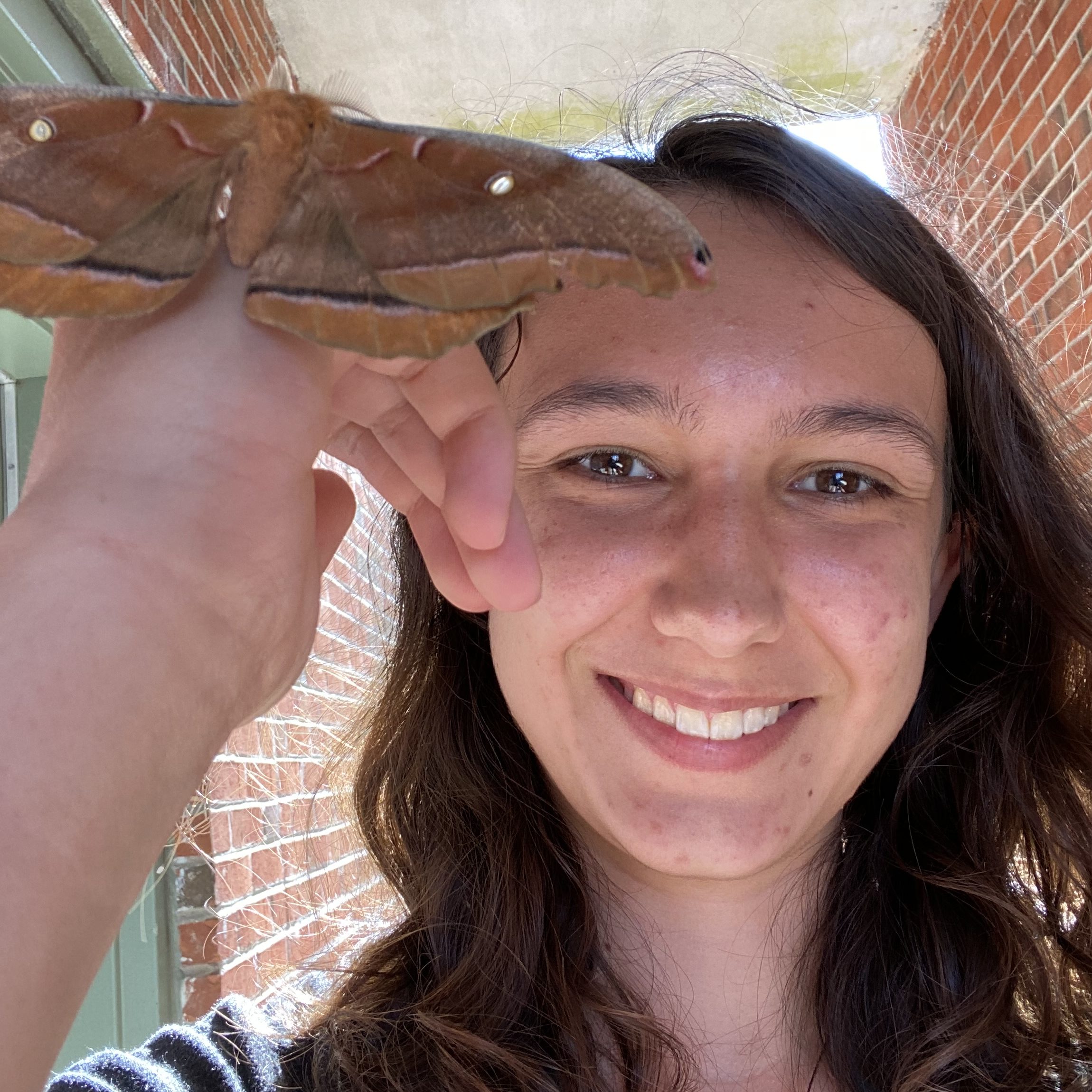
If there’s one thing to be said for my suite at school this year, it’s that the place is frequented by a lot of cool bugs that have inspired and will probably continue to inspire plenty of ArthroBlogger posts. We’ve got the adorable hummingbird moths, the happy-go-lucky bellhops, the serial killer spider… oh yes, and the occasional triceratops.
When I first saw this giant leaf-footed bug hanging out on the front door, I immediately thought, “hey, this guy kinda looks like a triceratops.” I mean it doesn’t have horns or scales, but that tall carapace behind its head reminded me of the triceratops’ frill, so I’m going to call giant leaf-footed bugs “triceratops bugs” from now on.
There are actually many different leaf-footed bugs besides my little dinosaur-mimicking buddy that make up the family Coreidae. Also known as squash bugs (cute if like the vegetable, ominous otherwise), there are almost 2000 species of leaf-footed bugs worldwide. In my opinion, a lot of leaf-footed bugs bear a strong resemblance to stink bugs, but stink bugs actually belong to the family Pentatomidae. However, both families do fall under the order Hemiptera and its suborder Heteroptera with assassin bugs and the other true bugs.
That’s right, folks, not every creepy-crawly is actually a “bug.” If it has a non-retractable proboscis, few segments in its antennae and legs, and half-clear front wings, it’s a true bug. If it doesn’t fit that description, then it’s not a bug. You may call spiders arachnids, flies dipterans, and butterflies lepidopterans, but don’t call them bugs. Although, if you do, no one but the taxonomists and entomologists will call you out on it, and most of them will probably keep their mouths shut out of politeness anyway, so you’re really fine to call them whatever you like.
In fact, I think I’ve already called several non-hemipterans “bugs” in previous blog posts myself. Whoops. I guess that’s another point for you, arthropod-namers.
Actually, I have to award some points to the taxonomists today: they named a Hemiptera genus Narnia. Brilliant. We’ll be laughing at silly arthropod names again tomorrow, but today, the animal-naming folks deserve a round of applause.
Getting back to today’s featured arthropod, leaf-footed bugs are named for the leafy extensions on their hind feet (how clever. Is it too soon to reclaim a point?). Apparently if I were an arthropod I would be a leaf-footed bug, because these guys love pomegranates and tomatoes almost as much as I do. Unfortunately, when arthropods and people like the same foods, that tends to mean the arthropods get labeled as pests – although I wonder if they think we’re the pests for taking all their favorite snacks? It’s something to ponder.
In all seriousness though, leaf-footed bugs aren’t all that pesky. They make only small indentions in plants where they stick in their straw-like proboscises, and they don’t really cause a lot of damage unless they arrive in swarms. Plus, they’re not poisonous and they don’t bite people, so you can pick them up and admire them rather than shooing them out of your garden! Just make sure it’s not an assassin bug or a stink bug first, those guys are a lot less likely to tolerate being handled.
If you really don’t like having cute little triceratopses wandering around your vegetables, you can try adding other plants to your garden like sunflowers that the bugs may prefer over your other crops. This website says you can also catch them and squish them, but we don’t squish little animals here on The ArthroBlogger. Instead, maybe just carry them away to a nice field somewhere with wild fruit trees or something… or perhaps sabotage a rival garden.
Just don’t tell them you got the idea from me.
